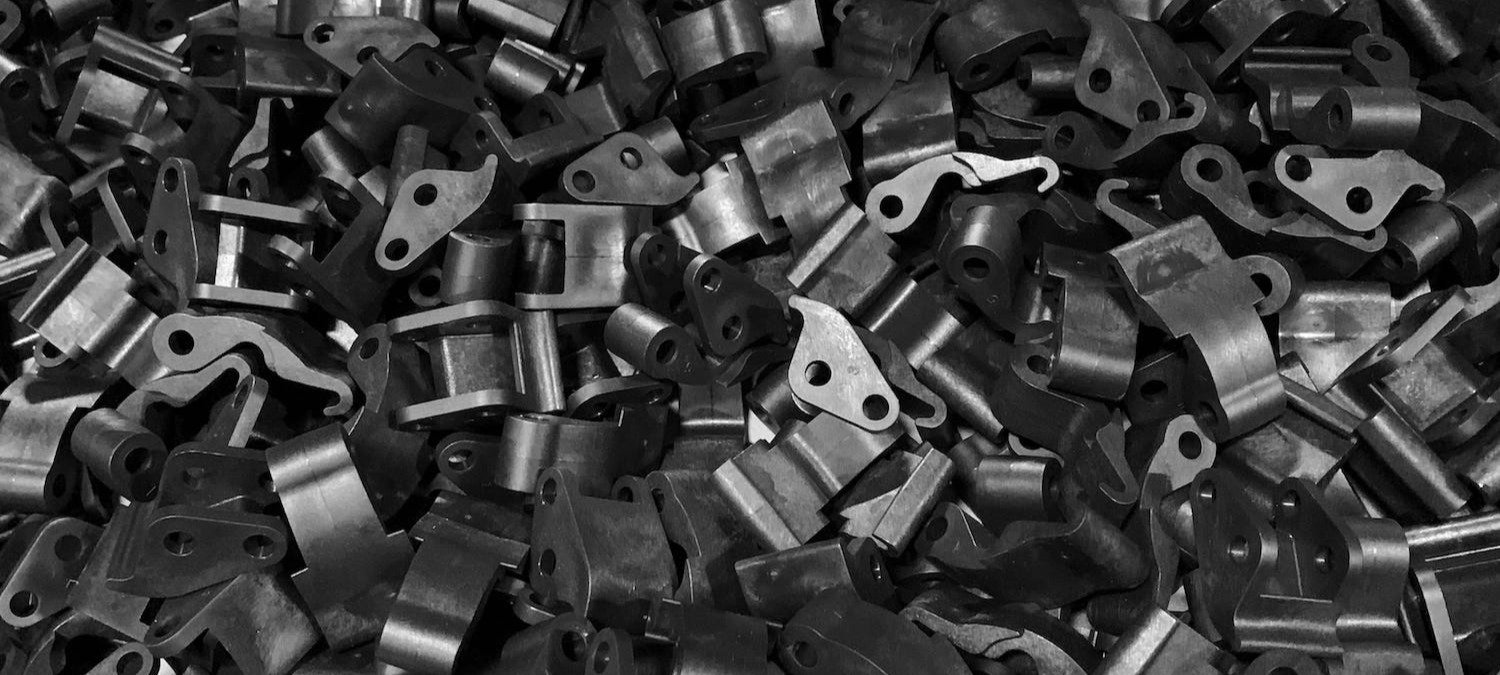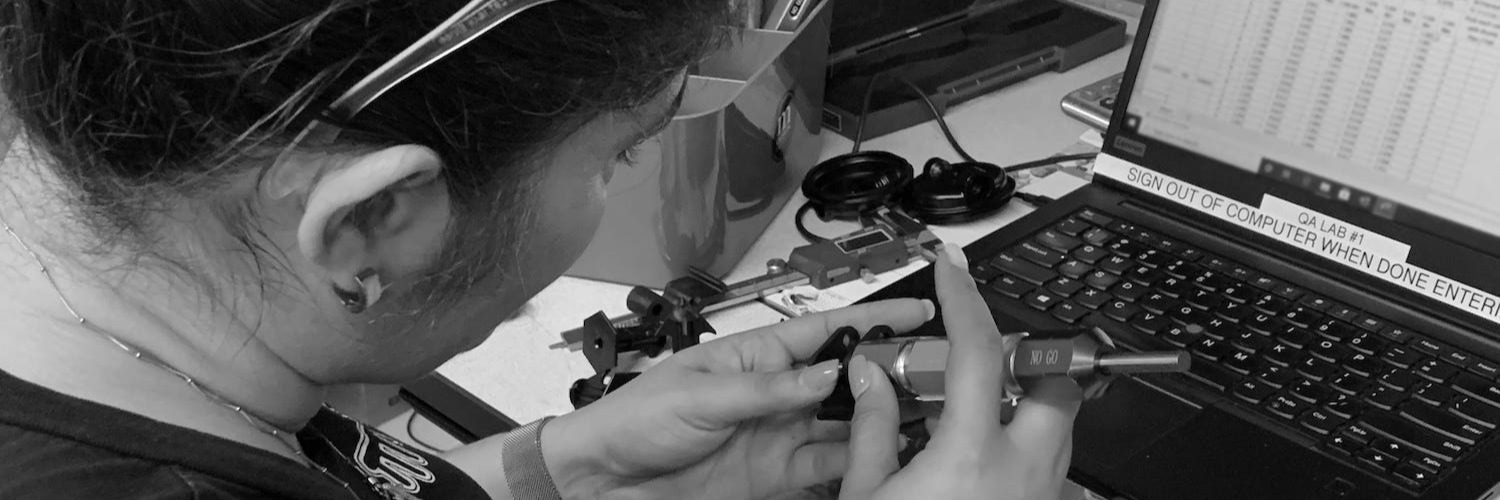The world of plastic injection molding offers a vast array of techniques to bring your design visions to life. One such technique, overmolding, might be the key to enhancing both the functionality and aesthetics of your next project. But what exactly is overmolding, and is it the right choice for you?
What is Overmolding?
Think of overmolding as creating a layered sandwich of plastic. It involves molding one material (typically a rigid plastic) onto another existing component (called the substrate). This could be another plastic part, metal, or even electronic components. This "two-shot" process creates a single, seamless piece with distinct properties in each layer.
So, how does it differ from insert molding?
Both processes involve molding plastic around another element, but the key difference lies in the materials used. In insert molding, the substrate is usually non-plastic, like metal or electronics. Overmolding, on the other hand, typically combines different types of plastic. So, if you're looking for the synergy of two plastic materials in one part, overmolding is your champion.
Versatile Plastic Materials Used in Overmolding
The beauty of overmolding lies in its versatility. Here are some common players and why they’re consider good choices for molding:
- Rigid Plastics: Think ABS, PC, or Nylon for structural strength and dimensional stability in the base layer. These materials provide the foundational strength and shape.
- Soft Plastics: Thermoplastic Elastomers (TPEs) like Santoprene® bring flexibility, grip, and shock absorption to the overmold layer. They can enhance comfort, grip, and impact protection.
- Engineering Plastics: Polycarbonate (PC) or Polyacetal (POM) can offer heat resistance and other specialized properties. If you’re looking to add specific functionalities like heat resistance or electrical conductivity, these should be your go-tos.
Is one material better than the other? Not necessarily! The best choice depends on your project's specific needs. Consider factors like:
- Functionality: What properties do you need in each layer?
- Aesthetics: Do you want contrasting colors or textures?
- Cost: Different materials have varying price points.
Which materials should you avoid?
While overmolding offers flexibility, some combinations might not play well together. For example, materials with vastly different shrinkage rates can cause warping or stress cracks. Consult with an experienced injection molding professional to ensure material compatibility.
How Overmolding Enhances Your Injection Molding Projects
Overmolding shines in projects requiring:
- Improved Grip and Ergonomics: Think handles for tools, sports equipment, or medical devices.
- Sealing and Protection: Overmolding seals electronic components or protects delicate parts from impact.
- Vibration Damping: Soft overmolds absorb vibrations, making tools and electronics more comfortable to use.
- Multi-Functionality: Combine rigid strength with soft flexibility for unique applications.
Industries Embracing the Power of Overmolding
Overmolding's versatility extends far beyond just a few sectors, finding its way into diverse and exciting industries.
In the automotive world, it elevates the driving experience by enhancing the grip and comfort of steering wheels, knobs, and interior panels. Electronic devices gain a new lease on life with durable and grippy connectors, cables, and tool housings thanks to overmolding. The medical field benefits from improved comfort and functionality in instruments and equipment, while sporting goods, toys, and tools leverage overmolding to deliver superior ergonomics and grip, making them safer and easier to use.
This is just a glimpse into the vast potential of overmolding, and its applications continue to expand across various industries.
Navigating the Nuances: Key Considerations for Successful Plastic Overmolding
While overmolding offers numerous advantages, some things to consider:
- Complexity: The process can be more complex than standard injection molding, potentially increasing costs and lead times.
- Tooling: Two-shot molding machines and specialized tooling might require higher initial investments.
- Material Compatibility: Choosing the right materials for adhesion and performance is crucial.
When Typical Overmolding May Not Be Your Best Solution
If your design prioritizes low cost, simple shapes, or requires very short production runs, other injection molding techniques might be more suitable.
Overmolding typically utilizes a two-shot process on a single machine. Imagine an injection molding machine that injects two different materials, one right after the other. The first material is injected, then the mold rotates or otherwise repositions itself to allow for the injection of the second material. While efficient, this requires a complex mold that can accommodate both materials and their interactions. This complexity often translates to higher upfront costs for the mold itself.
However, there's an alternative approach that utilizes two separate molds for a more cost-effective solution. This involves molding the first part, then carefully removing it and placing it into a second mold for overmolding with the second material. While this method might seem less streamlined, it offers greater flexibility in design and mold creation. Additionally, the cost of creating two simpler molds can be significantly lower compared to the single, complex mold required for the two-shot process. This approach is a great option for projects where the benefits of overmolding are desired, but where cost or design complexity might make the two-shot process less ideal.
Overmolding unlocks a realm of possibilities for your injection molding projects. By combining different plastic materials, you can achieve superior functionality, aesthetics, and ergonomics. However, understanding its intricacies and limitations is key to making the right decision.
If you're interested in exploring how overmolding could benefit your next project, contact Molding Dynamics today! Our experienced team is ready to guide you through the process and help you bring your innovative ideas to life.






